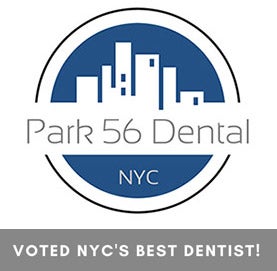-
Invisalign: Know Before you Go
If you’re thinking about getting Invisalign, you probably already know it’s a pretty amazing dental advancement. That being said, you probably also have some questions that you’d like answered before you commit. Here, we hope to answer your questions, and maybe some questions you hadn’t even thought to ask.
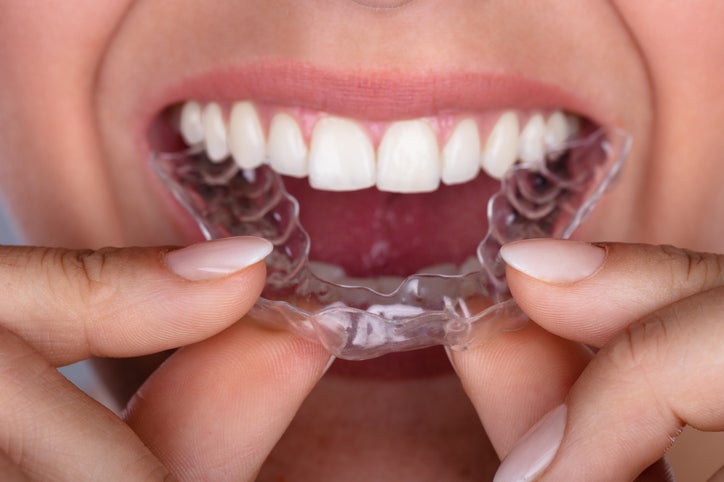
As you probably already know, Invisalign is a method of straightening teeth using nearly invisible aligners, made from impressions taken of your teeth. These impressions are scanned, and these digital scans are used to create a digital model that will tell your dentist how long your treatment should last and how your final results will look. Your dentist can modify the plan, based on your, and some dentists discuss the plan with their patients before modifying it so that the patient’s expectations and preferences can be considered.
Invisalign has many benefits over conventional braces.
- The clear aligners are more aesthetically pleasing than braces.
- Invisalign often works more quickly than conventional braces, because they move many teeth at once, and fewer dental visits are required.
- Because they have no wires or sharp corners, Invisalign aligners are more comfortable than braces.
- Invisalign can move teeth differently than braces can, using less force so there’s not as much risk of shrinking of tooth roots.
- It’s easier to clean your teeth when you can remove your aligners, so your breath will be better.
- When worn 20 hours each day, Invisalign can help relieve TMD symptoms and myofascial pain.
- After your treatment is complete, you can use your aligners as whitening trays or a mouthguard.
With all those positive marks, are there any downsides to Invisalign? Actually, yes, but not many.
- You may lisp for a few days, as you get used to having your teeth covered in plastic. If it’s a problem, though, you can always remove the aligners for a little while if you need to be heard clearly.
- Even though they’re more comfortable than braces, the aligners can still irritate your tongue, gums, and lips.
- Rarely, someone has an allergic reaction to Invisalign. When that happens, the patient receives a full refund.
- At the beginning of your treatment, you may have trouble removing your aligners when it’s time to eat.
- Some providers may charge more for Invisalign than traditional braces.
- You might lose weight, because you’ll have to stop and remove your aligners before eating or snacking. Of course, this may be a mark in your positive column!
If you have questions about Invisalign or are looking for a dentist in New York, consider Park 56 Dental Group, where we provide personalized, quality dental care in a spa-like environment. We serve the Midtown, Central Park, Upper East Side, Park Avenue, and all surrounding Manhattan and New York areas, with a patient-centered practice that has hours to fit your schedule. Schedule your complimentary consultation today by contacting us online or calling us at (212) 826-2322.
What is the Best Kind of Toothpaste to Use?
A trip to the toothpaste aisle can be daunting because there are so many brands and types from which to choose. How can you pick the best kind of toothpaste to use? We’ve got some expert tips to help you decide.
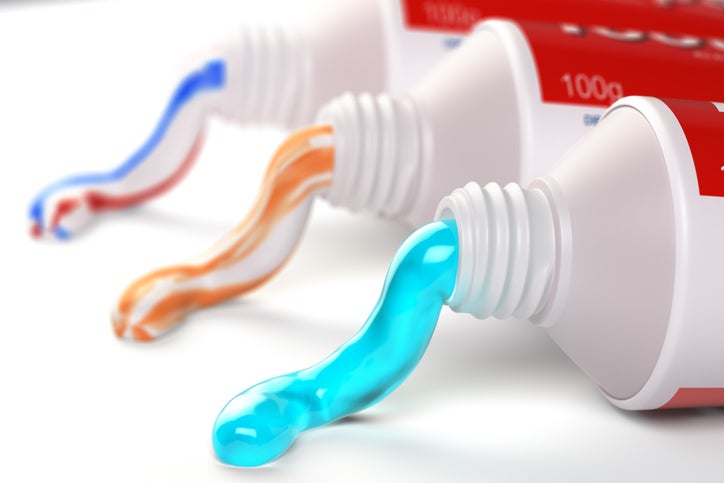
- First and foremost: let’s talk about fluoride. The American Dental Association (ADA) and most dentists agree that fluoride is an essential ingredient in toothpaste. A natural mineral that protects tooth enamel, it’s been proven safe and effective in fighting cavities. In fact, since the addition of fluoride to toothpaste and drinking water a few decades ago, there’s been a significant reduction in dental cavities. However, some people are not comfortable with fluoride. If you prefer to avoid it, look for a natural toothpaste, because many natural formulations do not contain fluoride.
- You may want to look for ADA approval. Toothpaste products sometimes carry the ADA seal of approval, which means that they meet the ADA’s strict requirements for toothpaste. To gain ADA approval, a toothpaste must contain fluoride and other active ingredients that improve oral hygiene, be free from flavoring agents that can promote tooth decay, and be scientifically proven to be safe and effective. Note: ADA approval is voluntary. In other words, the ADA seal of approval guarantees a toothpaste’s efficacy, but a toothpaste that lacks the seal may be just as effective.
- Read the labels for yourself. Sometimes, toothpaste contains ingredients that aren’t suitable for everyone. If you’re sensitive to a certain chemical, flavoring, or sweetener, be sure to make sure it’s not hiding in your toothpaste. For instance, if you get frequent mouth ulcers or canker sores, you might look for a toothpaste that does not contain sodium lauryl sulfate (SLS). Other ingredients you may wish to avoid include saccharin, a sweetener, glycerol, which gives toothpaste a gel-like consistency, and calcium carbonate or silicates, which are abrasive materials.
- Choose your toothpaste based on your dental needs. You might need a tartar control toothpaste to remove deposits of hardened plaque, or a toothpaste for sensitive teeth. Desensitizing toothpaste, with ingredients that block pain, can be purchased over the counter. If you need something more, ask your dentist about prescription toothpaste for sensitive teeth.
- Do you want to whiten? Whitening toothpastes can help remove stains from your teeth, using abrasive ingredients that polish stains off of the tooth’s surface. If you’ve got sensitive teeth, you’ll need to be careful about whitening toothpastes, and ask your dentist about options that are right for you.
If you need a dentist in New York, consider Park 56 Dental Group, where we provide personalized, quality dental care in a spa-like environment. We serve the Midtown, Central Park, Upper East Side, Park Avenue, and all surrounding Manhattan and New York areas, with a patient-centered practice that has hours to fit your schedule. Schedule your complimentary consultation today by contacting us online or calling us at (212) 826-2322.
Tips to Look After your Teeth
Are you doing everything you can to take care of your teeth? Your oral health should be a high priority because the health of your mouth impacts the overall health of your body. Follow these ten tips, and you’ll be able to keep your teeth in tip-top shape.
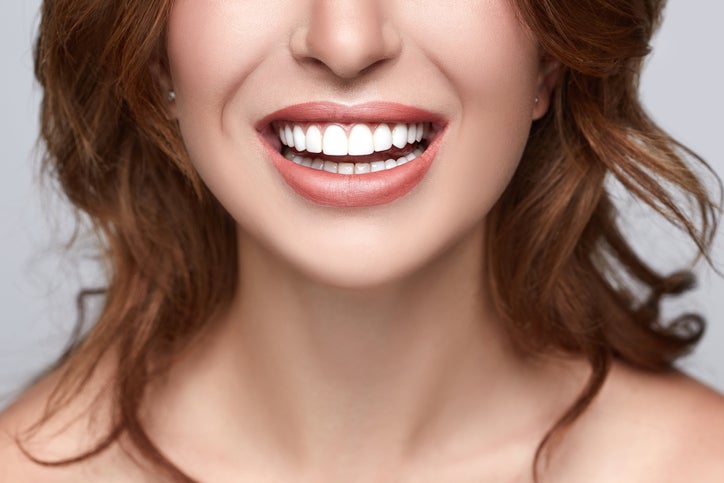
- Brush no fewer than two times each day. It’s best to brush after meals, with a toothbrush that has a small head, for easier access to the back teeth. Use soft bristles, because they’re easier on your gums.
- Brush the right way. Spend between two and three minutes, brushing each tooth, using small, circular motions.
- Use the right toothpaste. A fluoridated toothpaste is best, because fluoride is proven to reduce your risk of tooth decay by hardening the enamel.
- Floss every day. Be gentle, sliding the floss gently up and down between your teeth, and working it back and forth. Gently curve it around the base of each tooth, taking care to go beneath the gum line. Use clean sections of floss for each tooth, and never force or snap the floss between your teeth.
- Cut down on acidic drinks. Soft drinks, cordials, and fruit juices can soften teeth, dissolving the minerals in the enamel and causing holes (cavities).
- Reduce your sugar, too. Sugar is turned into acid by the bacteria in dental plaque, which is why it can cause cavities.
- Use protective gear when your teeth are at risk. If you play sports, always wear a mouthguard or full-face helmet.
- Know what to do with a knocked-out tooth. Sometimes even protective gear is not enough. If a tooth is knocked out, try to hold it in place while seeking dental care. If that’s not possible, place the tooth in milk or wrap it in plastic, then get to a dentist.
- Don’t use your teeth as tools. We’re all guilty of doing this from time to time. We use our teeth to rip open packaging, crack nuts, or open a bottle. It’s a bad idea though, because you can chip or even break your teeth that way.
- See your dentist regularly. It’s recommended that you visit your dentist every six months for a check-up, but if you have a problem like bleeding gums or a toothache, make an appointment as soon as possible.
If you need a dentist in New York, consider Park 56 Dental Group, where we provide personalized, quality dental care in a spa-like environment. We serve the Midtown, Central Park, Upper East Side, Park Avenue, and all surrounding Manhattan and New York areas, with a patient-centered practice that has hours to fit your schedule. Schedule your complimentary consultation today by contacting us online or calling us at (212) 826-2322.
Choosing the Best Toothbrush
You know that you need to brush at least twice a day, but are you using the right tools? Fluoride toothpaste will go a long way toward protecting your teeth from cavities, and the right technique is important in getting your teeth clean. However, it’s important that you’ve got the best toothbrush for the job. How do you choose the right one?
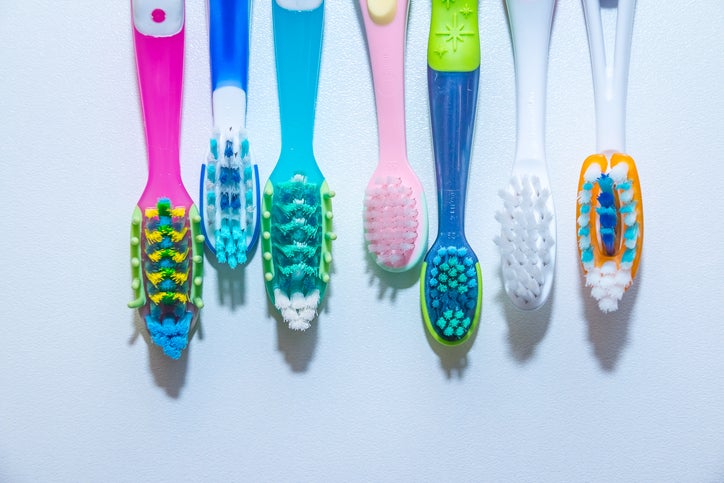
- First, consider the size. Choose a toothbrush with a head that will easily fit into your mouth and access all the surfaces of your teeth. Typically, this means picking a brush with a head about a half-inch wide and one inch tall, so that you can reach even the difficult places, like the sides and backs of your molars. Make sure the handle is long enough to fit comfortably in your hand and easily reach the back of your mouth.
- Pick the right bristles. For most people, a soft-bristled toothbrush is best, because it won’t damage the gums or tooth enamel. For further protection, you might want to choose a brush with rounded tips on the bristles.
- Ask an expert. To be sure you’re choosing the right toothbrush, consider asking your dentist for a recommendation, or look for a toothbrush with the American Dental Association (ADA) Seal of Approval. This seal ensures that the bristles will have safe tips and won’t fall out of the toothbrush, the handle will withstand normal use, and the toothbrush will reduce plaque build-up and gum disease. If the toothbrush is electric, it must undergo independent safety testing to earn the seal, proving that it can be safely used on the tissues of the mouth and teeth, as well as dental hardware.
- Which is better, disposable or electric? Manual and powered toothbrushes are equally effective, as long as you’re using proper technique and brushing at least twice a day. Some studies indicate that a rotation oscillation powered toothbrush is best, though other studies suggest that electric toothbrushes increase the risk of infection for people with certain heart conditions. Electric toothbrushes are more expensive, but some people find them easier to use, especially people with conditions like arthritis, which limits mobility. Ultimately, the best choice for you is the toothbrush you like best because you’ll be more likely to use it.
- How do you choose for a child? Choose a toothbrush your child will find appealing and want to use. Make sure it’s got the ADA Seal of Approval and is child-sized, with soft bristles. Involve the child, if possible, to make tooth-brushing more exciting.
If you need a dentist in New York, consider Park 56 Dental Group, where we provide personalized, quality dental care in a spa-like environment. We serve the Midtown, Central Park, Upper East Side, Park Avenue, and all surrounding Manhattan and New York areas, with a patient-centered practice that has hours to fit your schedule. Schedule your complimentary consultation today by contacting us online or calling us at (212) 826-2322.
RECENT POSTS
categories
- Uncategorized
- Cosmetic Dentistry
- Veneers
- Healthier Teeth
- Teeth Whitening
- Dental Health
- Video
- Dental Emergencies
- Invisalign
- Dental Implants
- Root Canal
- Sedation Dentistry
- Infographic
- Dental Crowns and Bridges
- Dental Anxiety
- Gum Disease
- COVID-19
- Bad Breath
- New York Dentist
- Cut out sugar
- General Dentistry
- Oral Health
- Oral Cancer
- Dry Mouth
- Gum Health
- Toothache
- Dental Sealants
- Cavities
